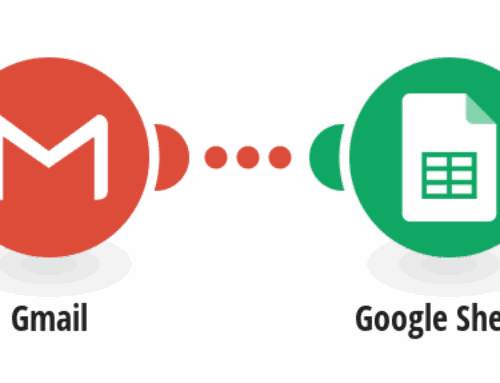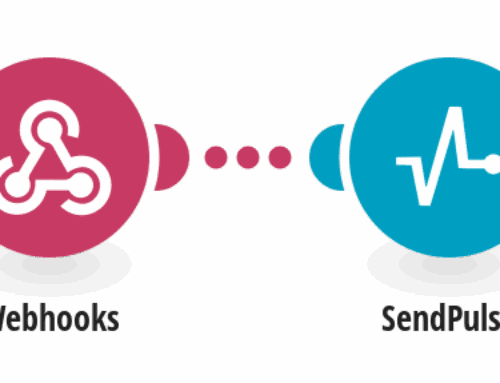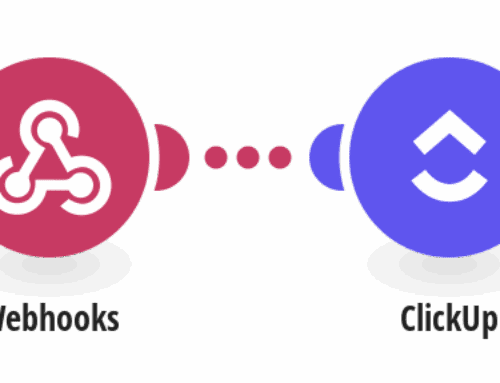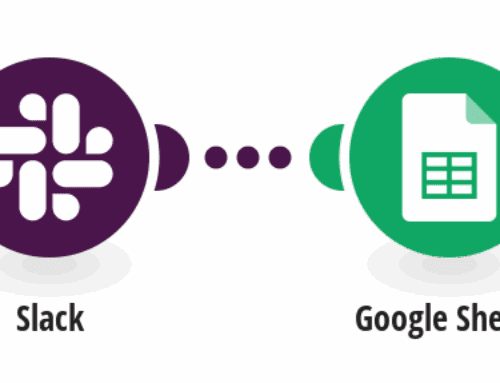CRM is an effective tool that helps businesses to reach out to their existing customers, coordinate marketing activities, and tap into customer databases. It’s no wonder CRM integration with Outlook has become a hot topic these days. Technological advancements have made it easier than ever before for organizations to connect their email, calendar, and file storage solutions.
However, there are a few challenges that need to be addressed first for the two software suites to work harmoniously together. In this blog post, we’ll discuss some of the things you should consider as you plan your company’s CRM integration strategy with Outlook.
Introducing Outlook
CRM integration with Outlook has become an important way to keep your business organized. With CRM Outlook integration, you can view your CRM contacts, assign tasks to them, create appointments, and create and view email tasks to collaborate with your team members. When you’re using CRM with Outlook, you can organize your contacts into groups, assign tasks to them, create appointments, and create and view email tasks to collaborate with your team members.
Outlook also allows you to create and view a calendar to view and create event details. You can also keep all your CRM data in one place, so you can access all your contact information, tasks, and calendars from one centralized location.
Benefits of Choosing Outlook
Easier Contacts Management
If your organization is looking for an easy way to manage its contacts, CRM integration with Outlook is a great option. With CRM, you can easily create multiple email addresses for your contacts, create automated emails and assign tasks to your sales representatives. You can also create a custom view of your contacts to organize them by categories.
Additionally, CRM data can be easily accessed from Outlook. You can create a new contact, view the contact details, and add notes to your contacts. You can also easily reply to your contacts, assign tasks, and create new contacts.
With Outlook CRM integration, you can also share your calendar events with your contacts and manage your contacts’ activities such as task assignments and follow-ups.
Easier Scheduling
When it comes to scheduling meetings, you can use CRM data to organize your meetings and create meeting requests. With CRM data, you can create multiple calendars for different team members, create meeting requests and add notes to your meetings.
You can also share your calendar with your contacts. CRM data can be filtered according to your preferences and you can create custom views of your calendars to organize them by categories. You can also easily share your calendars with your team members. With CRM Outlook integration, you can also view your meetings and tasks.
If your organization is involved in marketing activities, you can use CRM data to create effective campaigns and track the performance of your social media efforts. Marketing activities can be automated and you can also use CRM data to find out more about your customers’ buying behavior and key insights.
Improved Teamwork
When you integrate CRM with Outlook, you can easily share your calendars with your team members and view their calendars. You can also easily create a meeting request or delegate tasks to your team members. You can also create a custom view of your team members for easy collaboration.
If your organization is involved in marketing activities, you can use CRM data to create effective campaigns and track the performance of your social media efforts. Marketing activities can be automated and you can also use CRM data to find out more about your customers’ buying behavior and key insights.
Better Communication
When you integrate CRM with Outlook, you can easily share your calendars with your team members and view their calendars. You can also create a meeting request or delegate tasks to your team members. You can also create a custom view of your team members for easy collaboration. CRM data can be easily accessed from Outlook.
You can create a new contact, view the contact details, and add notes to your contacts. You can also easily reply to your contacts, assign tasks, and create new contacts. With Outlook CRM integration, you can also easily share your calendars with your team members.
CRM data might also be helpful when it comes to communication between different departments. You can use CRM data to find out more about your employees’ skills and performance, create employee profiles and manage leave requests.
CRM Integrate with Outlook

Plan
First things first. It’s important to know what you want to achieve with CRM integration with Outlook and how much time you’re likely to need to reach your goals. This will help you plan the entire CRM Outlook integration project with confidence. You’ll need to understand the full scope of the project, from the initial planning phase to the ongoing testing and deployment.
You’ll need to examine the Outlook and CRM systems, their architectures, and the current CRM and Outlook integration. Once you have a clear picture of the project’s timeline, you can start scheduling resources to expedite the process.
Be Transparent About Data Sharing
As part of your planning, you should be transparent about data sharing. This means clearly articulating the process by which the CRM data will be sent over to Outlook. If you’re looking to integrate CRM with Outlook to offer greater sales and marketing capabilities, you’ll likely want to integrate with CRM data.
It’s important to be transparent with customers about the data you’re collecting and sharing. If you don’t, they may end up unsubscribing from your marketing campaigns or stop trusting your company entirely.
Define Your Goals and Expectations
The next step is to define your goals and expectations for the CRM Outlook integration. If you have a specific goal in mind, such as increasing sales by a certain percentage, it can be helpful to write it down. This can help you stay focused on your goals as you plan each step of the process. In addition to your overall goal, you should also define the CRM Outlook integration goals for each of your departments.
For instance, if you have Human Resources, Sales, and Marketing departments in your company, you should define the respective goals they’ll be trying to achieve with the CRM Outlook integration. By defining the CRM Outlook integration goals, you’ll be able to determine whether the CRM Outlook integration is meeting the right needs of your departments. You can also use this information to improve the process in the future.
Come Up With a Roadmap
Now that you have a clear idea about your CRM Outlook integration goals and expectations, you can start crafting a roadmap for the integration process. This roadmap will help you map out the entire CRM Outlook integration process. The roadmap should include the CRM Outlook integration timeline, the roles, and responsibilities of each party involved in the project, and timelines for testing, approvals, and deployment.
It should also include the CRM Outlook integration steps and the associated deliverables for each step. By creating a roadmap, you’ll be able to deliver the CRM Outlook integration components on time. You’ll also be better equipped to handle issues that may arise during the project’s lifetime.
Incorporate Feedback into the Process
One of the most effective ways to improve the CRM Outlook integration process is to incorporate feedback into the process. This means having a member of your team act as a “feedback collector”. This person should be assigned the task of collecting feedback from users and the team members involved in the CRM Outlook integration project.
It’s important to collect feedback at every step of the process. From the planning to the post-implementation phases, you should collect feedback from users, your team members, and the support staff from Microsoft.
This feedback can be used to improve each CRM Outlook integration step. This will help you to stay on track and deliver a top-quality CRM Outlook integration project. It will also help you to improve the CRM Outlook integration process in the future.
Bottom line
CRM and Outlook can help businesses to boost sales, manage customer relationships, and track expenses. However, these two tools are best when they’re used together. This can be challenging when CRM is used in isolation from Outlook. Thus, CRM integration with Outlook is a highly sought-after integration that many businesses try to achieve.
You can also keep all your CRM data in one place, so you can access all your contact information, tasks, and calendars from one centralized location. CRM Outlook integration has a couple of limitations, but with a little effort, you can easily work around them. Overall, CRM Outlook integration is a great way to make your CRM data more accessible and effective.
Articles You Might Want To Read:
Integrating Your CRM with Outlook
Pipedrive and Infusionsoft Integration: What You Need To Know!
Low Code Automation Tools: How They Can Change Your Business?








